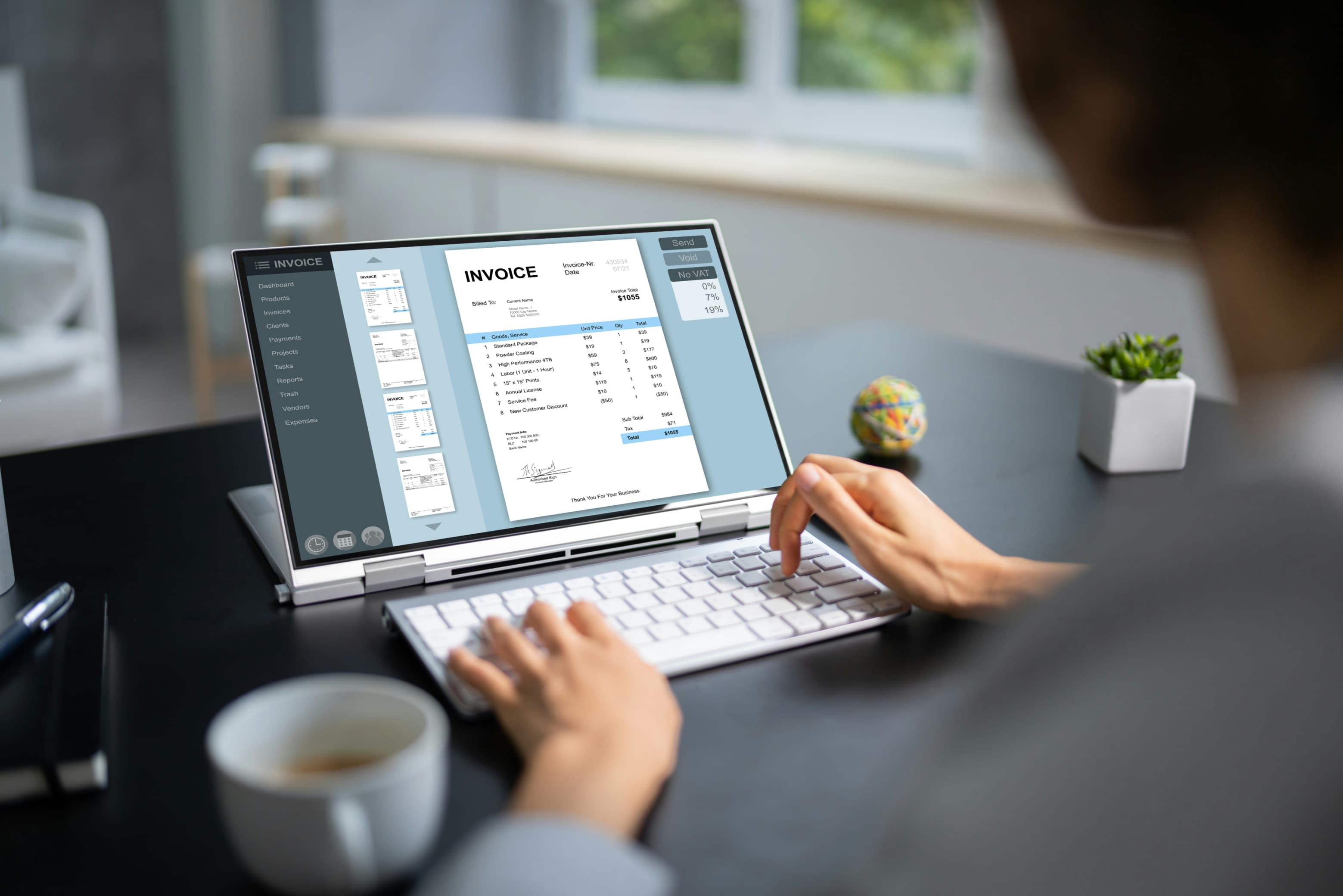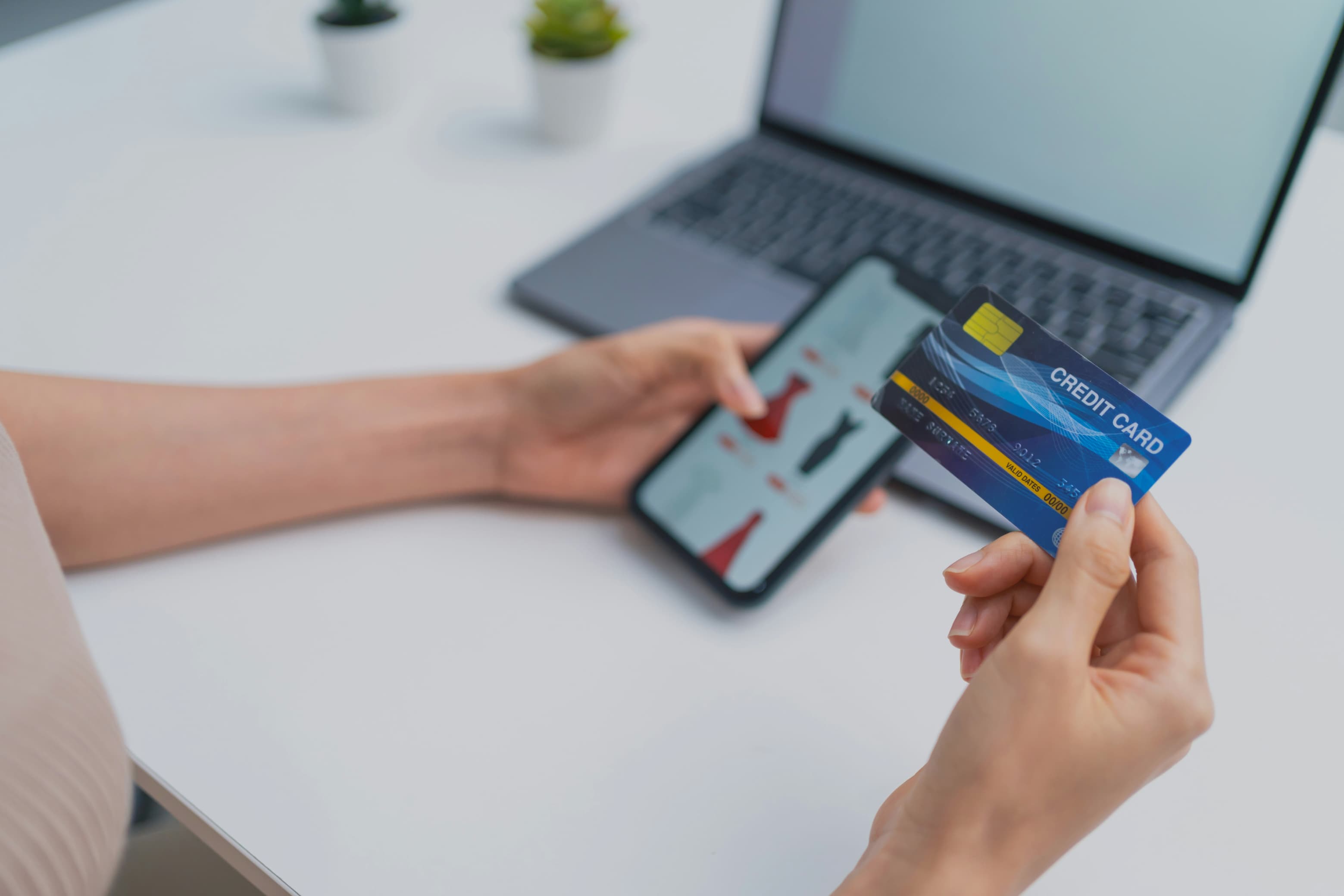
According to Statista, the global capitalization of the eCommerce segment will reach $4.32 trillion in 2025, and by 2029, it will be estimated at $5.89 trillion with a CAGR of 8.02%. This growth can be explained by the increased convenience of online marketplaces, and easy-to-use payment tools play an important role in this. Below, we will talk about them in more detail, consider the most popular ones, and also help you make the right choice.
Marketplace Payment Gateway Definition
A marketplace payment gateway is a software tool that handles the processing and routing of transactions between buyers, sellers, and the marketplace itself. Unlike traditional eCommerce solutions, online marketplaces have more sophisticated payment logic, as they have to split money between multiple parties, track fees, and secure transactions (e.g., through escrow). Advanced payment gateways cover all of these tasks; moreover, many of them support multiple currencies, calculate taxes, and comply with jurisdictional requirements from different regions.
Marketplace Payment Methods
Today, users expect flexibility from payment solutions for marketplaces. Here are some options to consider.
Digital wallets
Digital wallets like Apple Pay, Google Pay, and PayPal have been the most popular payment methods for many years now. They provide one-touch payment, while the bank card details remain closed to all parties to the transaction except the payer. Digital wallets are adaptable to different countries and regions, which simplifies the marketplace scaling to new markets.
Credit and debit cards
Regular bank cards also make up the lion's share of payment traffic on most online trading platforms. At the same time, in 2025, marketplace payment solutions must be compatible with both international and local payment systems so that the business that uses them has the opportunity to expand its geography. It is also essential to make sure that the gateway supports 3D Secure 2.0 and has advanced anti-fraud tools.
Payments in installments/BNPL
The “Buy Now, Pay Later” model is becoming increasingly popular in marketplaces with high average bills. According to it, visitors get the opportunity to receive the goods immediately and then pay for them in installments. For marketplaces, this means increased sales and conversion rates (if full compliance with local legislation is ensured).
Escrow payment system
To protect both sides of the transaction, C2C and B2B marketplaces usually use escrow systems that temporarily hold money in a neutral account until the conditions are met (product delivery, acceptance of the goods by the buyer, or provision of the service). This reduces the number of disputes and potential returns, and also allows the marketplace to act as a regulator without the intervention of law enforcement agencies.

Split payment
The split payment feature is standard for marketplaces where one transaction must be distributed between several recipients: the seller, the platform itself (in the form of a commission), and, optionally, a third-party partner. Modern split payment solutions can be configured flexibly and implement payments for marketplaces in the form of percentages, fixed amounts, or linked to the terms of the transaction.
Mass payout
Automation is a must-have on marketplaces with a large number of sellers or freelancers – it reduces the risk of human error and speeds up processes. As for modern solutions for mass payments, they perform transactions in real time, often have convenient APIs, and support local banking networks.
ACH transfers
In the US and some other countries, buyers prefer ACH transfers, whereby the bank receives the money directly (which means the commission will be minimal). This is a convenient option for regular and large payments, especially in the B2B segment (although it requires more time to complete and also passing KYC).
Pay by link
In marketplaces without a full-fledged shopping cart or payment form, you can use payment by link, which is unique and generated each time an order is placed. To make a payment, the user simply needs to follow it and complete the transaction through a convenient method.
Payments by QR code
This method is relevant for a mobile audience (in particular, in Asian countries, it has long been a standard). Scanning the code via smartphone and confirming the payment takes a few seconds without complicating the UX, while the marketplace receives the payment instantly.
Cryptocurrency payments
Cryptocurrency payments are especially popular among young audiences and in international shopping. In particular, providing support for Bitcoin, Ethereum, and a number of other cryptocurrencies will allow you to quickly scale your customer base without significant marketing efforts (please note that it’s important to ensure legal and tax transparency of your marketplace with digital assets).
Choosing an eCommerce Payment System: Factors to Consider
Let's take a look at the key factors to consider when choosing a payment system for your eCommerce solution.
Your marketplace's needs
Depending on whether you work with physical goods, digital services, or represent the freelance sector, you will need features like split payments, escrow, or mass payout. You will also have to consider which currencies and countries you plan to cover.
Fees and charges
Each provider has its own fees for transactions, currency conversion, refunds, and withdrawals. Therefore, before choosing a payment tool, you need to calculate the total cost of ownership, including hidden fees, maintenance, and the integration process itself.
Supported locations
If you operate in the international segment, you must choose a solution that is available in the relevant regions. It also makes sense to consider integrating local payment methods.
Number of payment options
The more payment options you can offer your customers, the lower your abandoned cart rate will be – that’s why it’s worth supporting a variety of payment systems, e-wallets, local banks, and even alternative payment formats for goods/services.
Security standards and services
The payment system you choose must comply with the PCI DSS standard and also support reliable data protection and anti-fraud mechanisms.
Mass payouts
If your online marketplace unites hundreds of sellers, automation within it will be inevitable. Specifically, many modern payment solutions include centralized tools for distributing funds between several recipients according to predefined rules and schedules.
Transaction limits
Each payment system has limitations, whether it is the minimum/maximum payment amount, withdrawals, the number of transactions per day, etc. These details can often be overlooked at the start, but become a challenge when scaling – that's why it's crucial to check them in advance.
Payment gateway integration
The payment solution you choose should have detailed documentation, ready-made SDKs, support for popular platforms and CMSes, as well as a RESTful API with the ability to customize business logic. In addition, you should check for support for webhooks, an event model, and integration without harming loading speed or UX.
Smart functionality and add-ons
Many solutions include analytics, tools for tracking user behavior at the payment stage, mechanisms for predicting refusals, flexible commission settings, a tax calculator, automatic KYC/AML, multi-currency management, adaptation to the legal requirements of different countries, and much more. The presence of the necessary features in the out-of-the-box format becomes the determining factor in favor of one or another payment gateway.
The Best Payment Gateways for Two-Sided Marketplaces
Among the huge number of payment gateway providers in the online marketplace segment, we can highlight several leaders offering the most extensive functionality without compromising reliability and flexibility.
Stripe Connect
Stripe Connect offers advanced functionality for managing split payments, mass payouts, automated merchant verification, tax calculations, and global customer support, and all this – with detailed documentation and easy integration.
Braintree
With multi-currency support, seamless PayPal and Venmo integration, and the ability to integrate custom anti-fraud solutions, Braintree is the best fit for marketplaces that want to maintain full control over the payment UX.
Dwolla
Dwolla is a marketplace payment platform focused on the US market and direct bank transfers, so it makes sense for eCommerce platforms with large transaction amounts and/or regular ACH payments.
PayPal Commerce Platform
It is a scalable solution that includes functionality for split payments and refunds, as well as support for digital wallets and mechanisms for protecting sensitive data.

Mangopay
This is the best payment platform for the European market. It can boast an escrow system, adjustable split payments, and full compliance with EU jurisdiction.
Adyen
It is a corporate-level product for processing payments across borders, thanks to seamless access to local payment methods, high processing speed regardless of region, and a wide range of risk management tools.
Exactly
This is a new player in the payment gateway market characterized by increased transparency, advanced automation tools, and high-level customization, including mass payouts, API integrations, and modular turnkey feature expansion.
Choosing The Right Payment Solution for An Online Marketplace
The choice of the payment solution should depend primarily on your business model, the regions covered, and the number of buyers. So, if your online marketplace scales quickly, you have to initially consider the gateway’s flexibility. If your priority is the speed of launch, it makes sense to pay attention to solutions with ready-made plugins and low customization. You should also find out how easy it is to maintain the payment gateway (i.e., the frequency of documentation updates, the nuances of interaction with technical support, the ability to connect new features, etc.). Ultimately, the correct choice will help you form the great competitive advantage.
Blockchain Payment Solutions
Blockchain integrations are standard in a number of niches – particularly, they are relevant for international trade, digital assets, and among technologically advanced audiences.
Coinbase Commerce
This is a payment solution from the largest crypto exchange in the US. It accepts payments in all popular cryptocurrencies without intermediaries and with minimal commission.
BitPay
It is one of the oldest players in the crypto segment, which integrates with fiat currencies, performs automatic conversions, and supports a large number of tokens. Overall, it is the best payment system in terms of minimizing volatility and tax risks.
Mobile Payment Solutions
As more and more online shoppers expect to be able to pay for their purchases with just a few taps, it's important to ensure convenient mobile payment options.
Apple Pay
This is the best eCommerce payment processing tool that provides a fast and secure way to pay on iOS devices. It is integrated via standard SDKs and uses biometric authentication without the need to disclose sensitive data to merchants.
Google Pay
This is Google's equivalent for Android devices. It supports bank card data previously saved in a Google account and can be used in both the browser and native apps.
Apple Pay vs Google Pay
From the point of view of a marketplace aimed at maximum audience coverage, both eCommerce payment solutions are mandatory to support – such diversity demonstrates loyalty to customers regardless of the type of device they use.
Summing Up
If you are thinking about developing your own online marketplace or looking for a seasoned tech team to delegate some of the tasks associated with it, feel free to contact us. We are ready to take on both the entire development cycle and its individual stages to reduce the workload on your in-house team.
.png)








